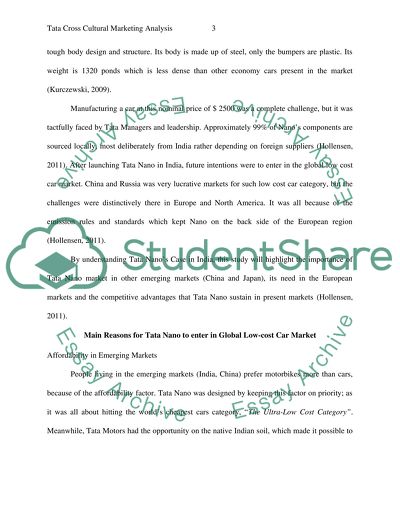Cite this document
(“Case study of Tata cross culture marketing analysis Essay”, n.d.)
Case study of Tata cross culture marketing analysis Essay. Retrieved from https://studentshare.org/marketing/1403192-case-study-of-tata-cross-culture-marketing
Case study of Tata cross culture marketing analysis Essay. Retrieved from https://studentshare.org/marketing/1403192-case-study-of-tata-cross-culture-marketing
(Case Study of Tata Cross Culture Marketing Analysis Essay)
Case Study of Tata Cross Culture Marketing Analysis Essay. https://studentshare.org/marketing/1403192-case-study-of-tata-cross-culture-marketing.
Case Study of Tata Cross Culture Marketing Analysis Essay. https://studentshare.org/marketing/1403192-case-study-of-tata-cross-culture-marketing.
“Case Study of Tata Cross Culture Marketing Analysis Essay”, n.d. https://studentshare.org/marketing/1403192-case-study-of-tata-cross-culture-marketing.


